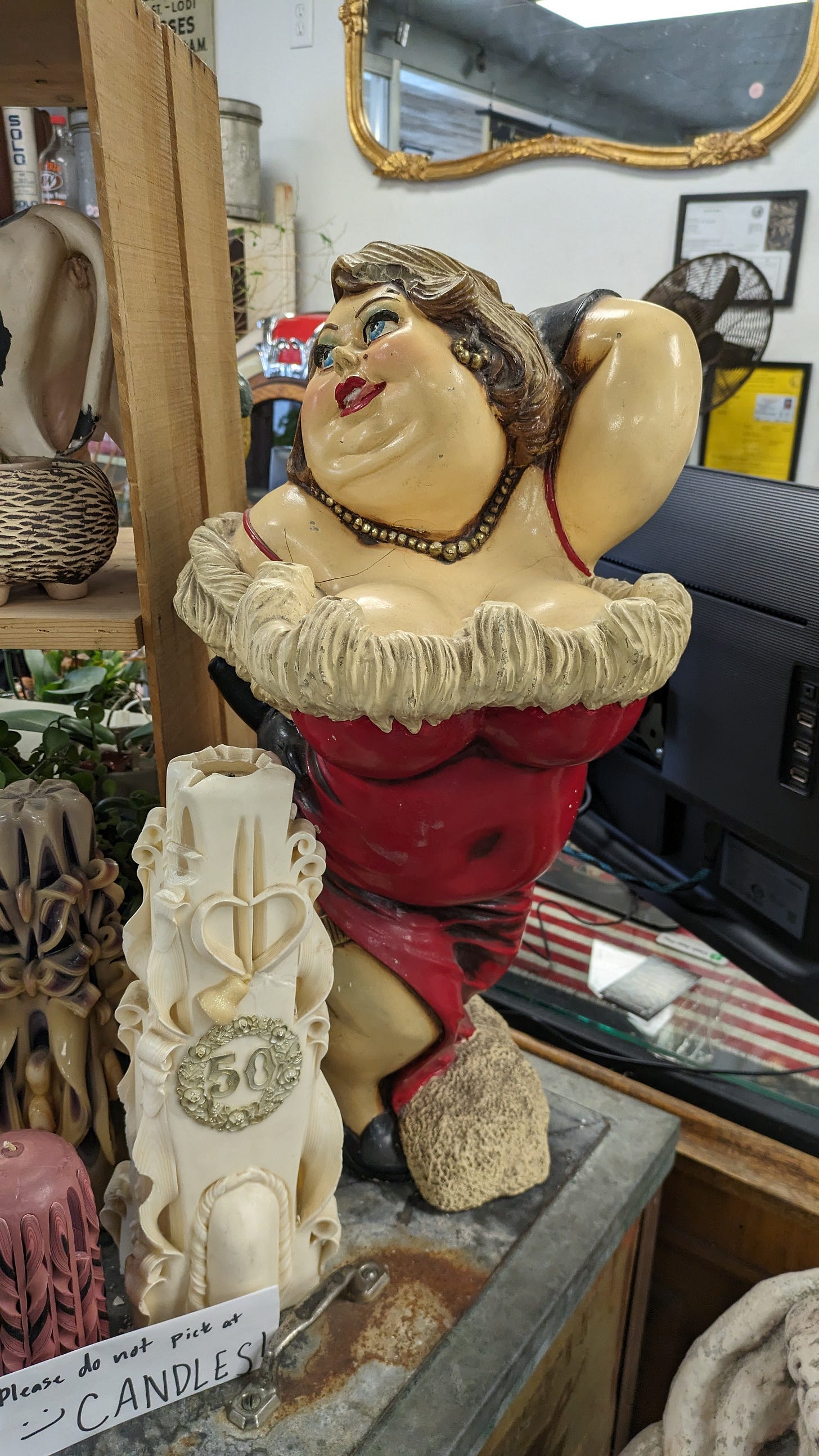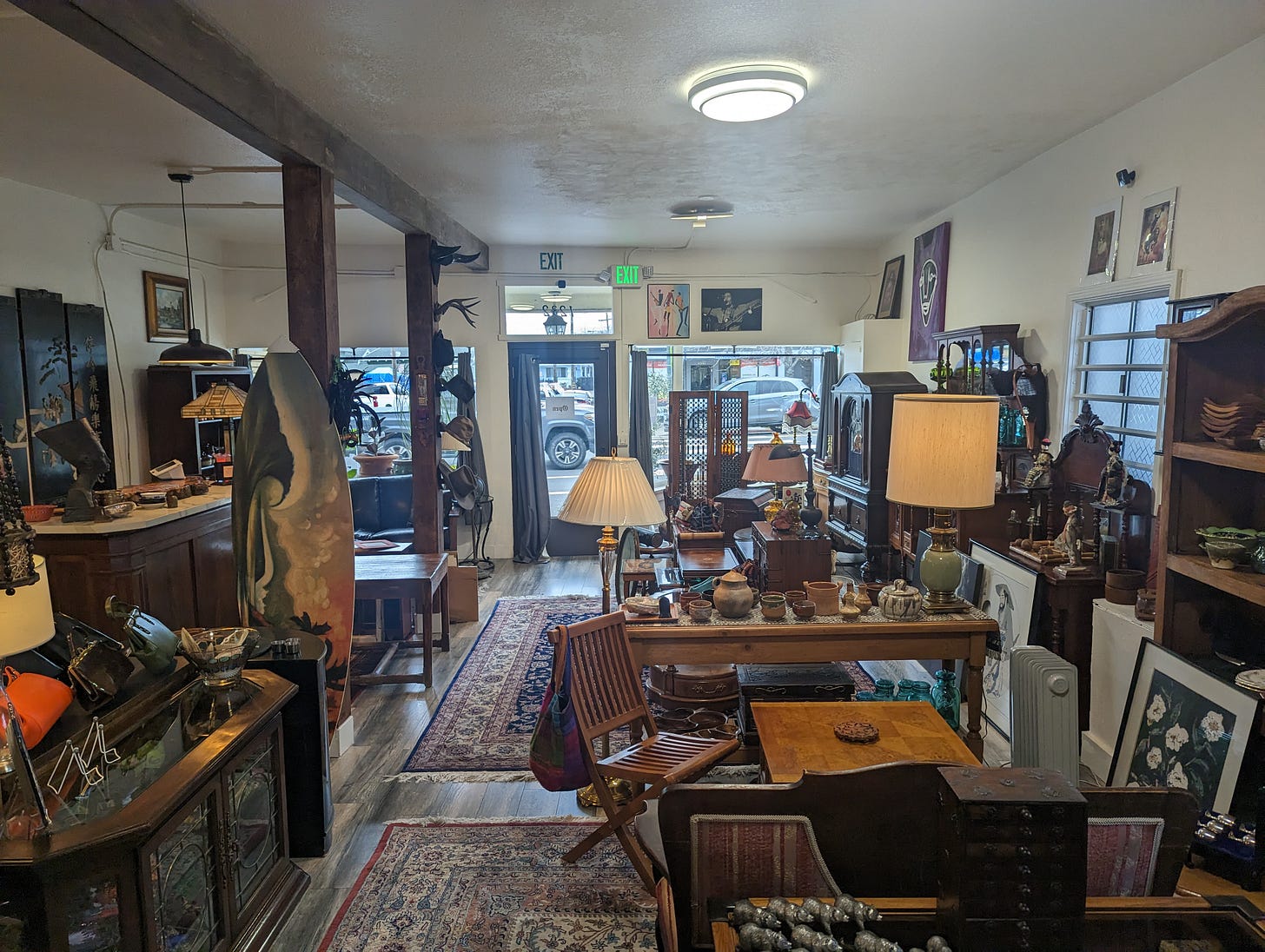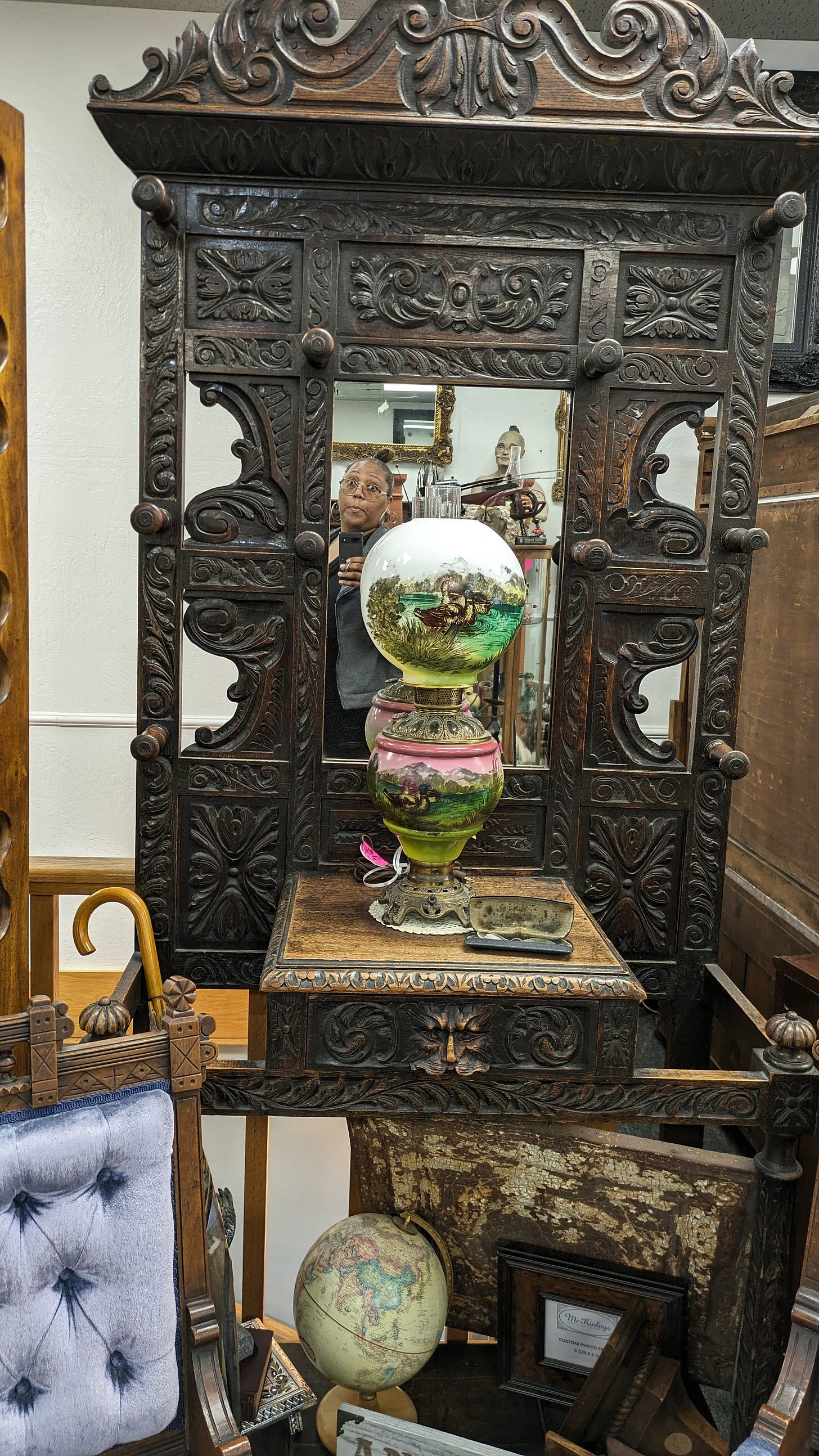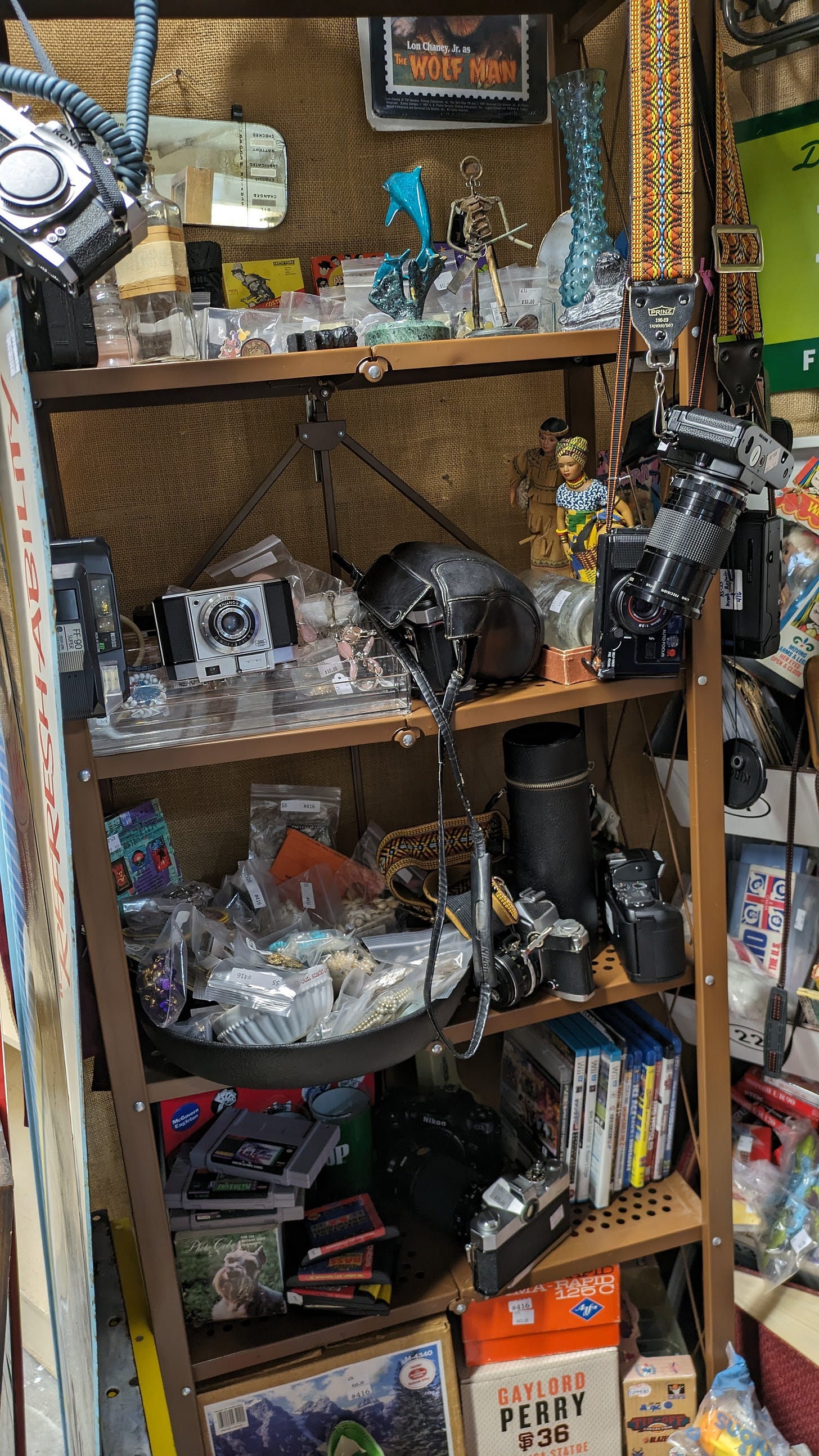Thrifters, grifters, and business
There's more to thrifting than just clothes
ICYMI
Best mullet? Best use of Taylor Swift? AP hands out its own movie awards ahead of the Oscars
For LA water issues, misinformation spreads nearly as fast as the wildfires
The word “thrift” and retail
Alas, rebranding has found its way into making something cost more than it should. Not everything can or should be rebranded. With the exception of online resales, retail and thrift stores haven’t had to change their models for years. The biggest difference has been rebranding thrift stores and calling them “consignment shops”.
The California Thrift Act AB 2632, Wilson. Planning and zoning: thrift retail stores outlines zoning laws for retailing shops.
“This bill would prohibit a local agency, as defined, from treating a thrift retail store, as defined, differently from a non-thrift retail store engaged in the sale of new items that are similar to items sold by a thrift retail store for purposes of zoning, development standards, or permitting, except as specified. The bill would allow a local agency to require that thrift retail stores meet certain aesthetic or design standards, as prescribed.”
Even though the law says that retail stores are supposed to be similar for the purposes of zoning, it differs in aesthetics. The look of the store has to be different from retail stores.
Consignment shops items are also used but I believe that gets misconstrued sometimes. Somewhere in an elderly person’s closet there’s a lace doily collecting dust that a consignment shop will consider worth more than the furniture sitting in my storage that I found at thrift shops.
The pricing in the consignment shops doesn’t often reflect the items sold or the items that I wish to purchase. Unfortunately, I’ve found that most of these stores are now give the impression that the items in their stores are high-end even though they’re not.
Demand for used items is meant to be a cost effective way to purchase an item without breaking the bank. Nothing in the consignment shop or thrift store should be sold at new item retail prices. Going to thrift stores was also supposed to be environmentally beneficially and cut down on fast fashion’s environmental impact.
There’s really not much difference between a thrift store and a consignment shop except for pricing. The items are often placed haphazardly in thrift shops and consignment shops have more organization but are more restrictive when buying and selling. Most thrift stores have the same items but they don’t seem to have the same sales tactics.
I’ve tried to sell clothes at consignment shops and couldn’t understand why they chose to buy some items and refused others. This also makes me wonder if the price changes by calling them “antiques shops”. The difference that makes the most impact is knowing that while the items are all used, the value that people put on them is different.
The point of thrift stores is to keep the price low because the items are used but that doesn’t seem to be the case. That lace doily is going to sit in the same place collecting dust regardless of if you bought it at a thrift store or a consignment shop. One thing that remains the same is the word “thrift” in both retail and the eyes of the law means to spend less.








